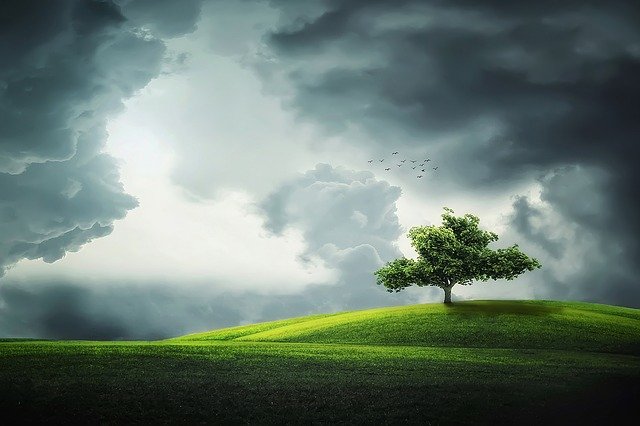Louie Schwartzberg reminds us that nature is a source of wonder (exploring and admiring) and awe (questioning the “how”). In his view, nature effectively represents the intersection between art and science. Art explores the “why” and generates admiration and inspiration through demonstrating the interconnectedness of everything and exposing nature’s beauty, even in the mundane; science, on the other hand, encourages questioning with curiosity and openness while exploring the “how”, e.g., how do nectar feeding bats pollinate cacti and create milk to feed their young?
It is particularly apt then, that Louie’s podcast is titled Wonder and Awe which explores the intersection between art and science through interviews with musicians such as Lisbeth Scott and scientists like mycologist William Padilla Brown. There is so much of nature that is unknown and invisible to us and these artists and scientists along with Louie’s time-lapse photography help us to deepen our relationship with nature.
Developing an intimate relationship with nature
Louie offered his perspective on the need for an intimate relationship with nature during his presentation, True Romance: Falling in Love with Nature, at the recent Nature Summit. He highlighted the fact that the pandemic has created a “mental wellness barrier” for a lot of people and that nature has a healing quality. He is now creating digital nature imagery for use in hospitals as a healing modality. This “visual healing” has been scientifically proven to achieve “shorter length of stay in hospital, increased pain tolerance and decreased anxiety”
The pandemic has created opportunities for people to appreciate what they normally take for granted – the ability to go for a walk in nature, to connect with friends and family, to spend time alone away from the “madding crowd” and associated noise. It has helped us to be more introspective and value what we have, as so much and so many have been lost.
Louie maintains that if we can develop an intimate relationship with nature through frequent mindful visits to natural environments and personal research (including videos, podcasts and articles), we can begin to care about the sustainability of our planet. He pointed out that while a lot of scientific research has helped us understand the threats to our natural environment, the wealth of data has failed to achieve any appreciable shift in people’s behaviour in relation to nature’s fragility.
He points out that our capacity to view nature is considerably limited – effectively we are able to view the equivalent of one octave of an eight-octave scale. Through his photography he makes so much more of the beauty of nature visible to us – by filming at 1,000 frames per second he can enable us to see something that happens in one third of a second, actually 15 times longer. Hence, he helps us to “explore beyond the one octave”.
Louie contends that the heart has greater influence over behaviour than the head – when our relationship with nature is one of loving and appreciating it, we are more inclined to engage in caring behaviour towards it. We will be more careful about our paper use (because of its impact on trees), we will avoid plastic bags as much as possible (because of the impact on our oceans and marine life), we will plant a vegetable garden (because it provides us with a closeness to nature and fresh, uncontaminated food).
Reflection
There is so much to learn about nature and our interconnectedness with it – it is a lifetime pursuit. We can grow in mindfulness as we spend more time in and with nature and adopt nature meditations. Another way into building our relationship with nature is participating in mantra meditations that incorporate wonder and awe of nature such as Lulu & Mischka’s “Stillness in Motion” filmed with the whales in Byron Bay, Queensland.
Artist, David Hockney, reminds us:
The world is very, very beautiful, but you’ve got to look hard and closely to notice that beauty.
(Source: The Art of Living, Martin Gayford, The Weekend Australian, pgs. 10-12)
_________________________________________
By Ron Passfield – Copyright (Creative Commons license, Attribution–Non Commercial–No Derivatives)
Disclosure: If you purchase a product through this site, I may earn a commission which will help to pay for the site, the associated Meetup group, and the resources to support the blog.
